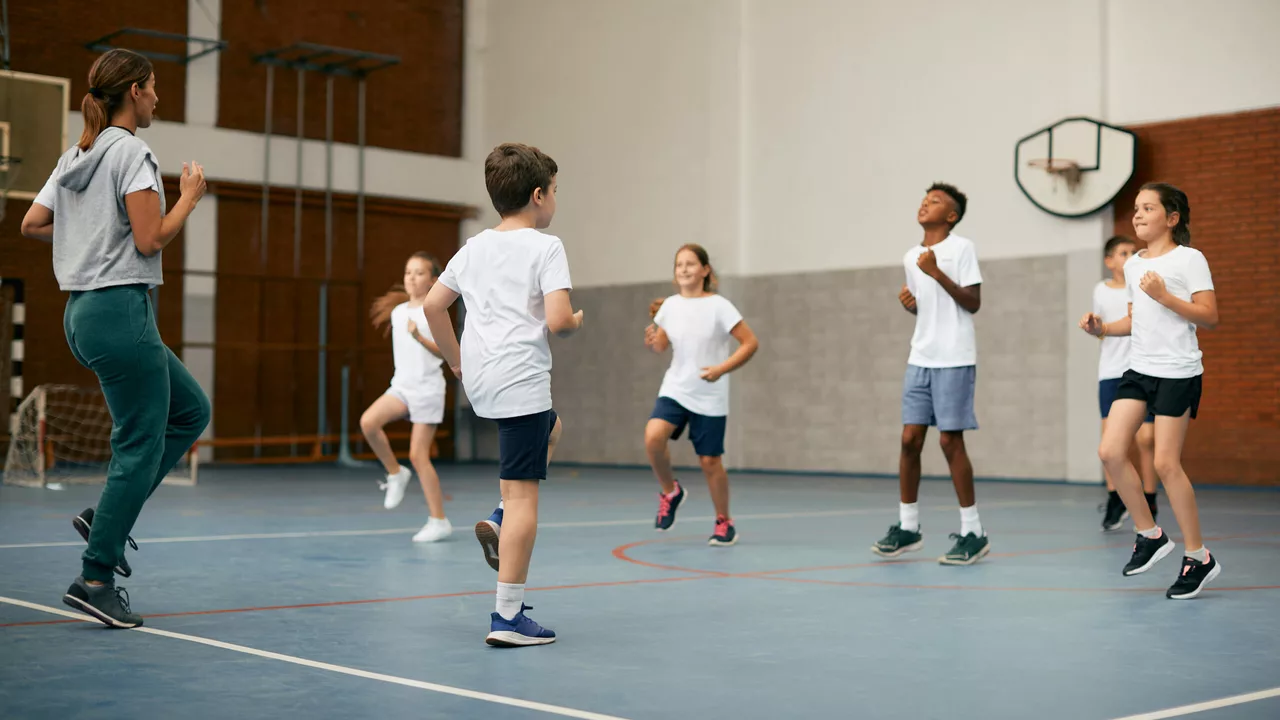Sports Participation: Your Guide to Getting Active
Thinking about joining a sport but not sure where to start? You’re not alone. Lots of people feel the same way, especially when life gets busy. The good news is that getting into sports doesn’t have to be a huge commitment or expensive. A few simple moves can get you playing, staying fit, and meeting new friends.
Why Sports Participation Matters
First off, sports give your body a solid workout without feeling like a chore. Running, jumping, or even tossing a ball works your heart, muscles, and joints all at once. On top of that, the mental boost is real. When you play, your brain releases endorphins that help lift mood and reduce stress. You also build skills like teamwork, discipline, and quick decision‑making—things that help at work or school. And let’s not forget the social side: joining a team means you instantly have a group of people who share your interests.
Simple Steps to Join a Team or League
Ready to take the plunge? Start by looking at what’s nearby. Most towns have community centers, parks, or schools that run recreational leagues for all ages. A quick Google search like “adult soccer league near me” or a visit to the city’s website can show you options. If you’re new to a sport, pick a beginner‑friendly league—many clubs label their groups as “intro” or “recreation.” If you prefer a less structured vibe, try a pick‑up game. These happen in parks or gyms where anyone can show up and play. Just bring the basics—like a ball and comfortable shoes—and you’ll fit right in. For those who love coaching or organizing, volunteering with a local youth team is a great way to stay involved without the physical strain. Don’t overlook online platforms. Sites such as Meetup or local Facebook groups often post casual sports events. Signing up is usually free, and you can see who’s joining before you commit. If you have a friend who already plays, ask them to bring you along for a session; it’s an easy way to try something new without feeling out of place.
Once you’ve picked a sport, set realistic goals. Maybe you want to play once a week for fun, or you aim to improve your skills over a season. Write down a simple schedule—like “Wednesday evenings, 6‑8 pm at the community field.” Having a plan helps you stick with it, especially when other responsibilities pop up. Remember to gear up properly. You don’t need the most expensive equipment; just get what’s safe and comfortable. A good pair of trainers, a water bottle, and any required ball or racket are enough to start. If you’re unsure about the right size or style, ask the staff at a local sports shop—they’re usually happy to help. Finally, listen to your body. It’s normal to feel a little sore the first few times, but sharp pain means you should pause and maybe see a professional. Warm‑up stretches, staying hydrated, and a short cool‑down after each session keep injuries at bay.
Getting into sports is all about small steps that add up. By checking out local leagues, trying pick‑up games, and setting easy goals, you’ll find a routine that feels fun, not forced. So grab a ball, lace up your shoes, and see how sports participation can boost your health, mood, and social life. The next game is waiting—are you ready to join?

How much time did you spend playing sports in high school?
Reflecting on my high school days, I spent a significant amount of time participating in sports. I devoted about 15-20 hours a week to practice, games, and tournaments. Sports, especially basketball and soccer, were an integral part of my high school experience, contributing to my physical fitness and teamwork skills. Looking back, I believe the time spent was worthwhile as it not only kept me active but also helped shape my discipline and resilience. Despite the demanding schedule, I wouldn't change a thing about my high school sports involvement.
© 2025. All rights reserved.